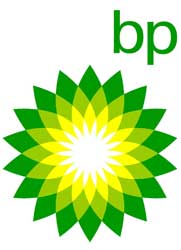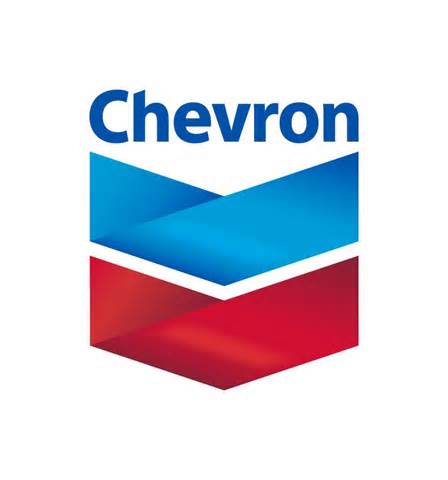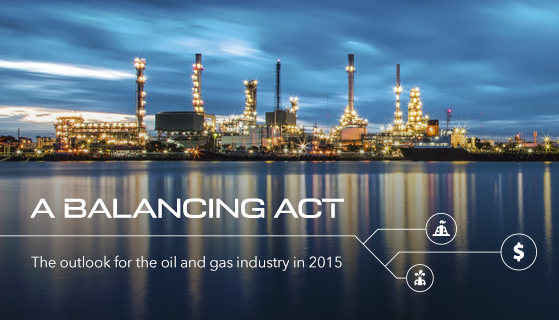 Despite the dramatic recent weakening in global energy markets, ongoing economic expansion in Asia – particularly in China and India – will drive continued growth in the world's demand for energy over the next 20 years. According to the new edition of the BP Energy Outlook 2035, global demand for energy is expected to rise by 37% from 2013 to 2035, or by an average of 1.4% a year.
Despite the dramatic recent weakening in global energy markets, ongoing economic expansion in Asia – particularly in China and India – will drive continued growth in the world's demand for energy over the next 20 years. According to the new edition of the BP Energy Outlook 2035, global demand for energy is expected to rise by 37% from 2013 to 2035, or by an average of 1.4% a year.
The Outlook looks at long-term energy trends and develops projections for world energy markets over the next two decades. The new edition was launched today in London by Spencer Dale, BP's group chief economist, and Bob Dudley, group chief executive.
"After three years of high and deceptively steady oil prices, the fall of recent months is a stark reminder that the norm in energy markets is one of continuous change," said Spencer Dale. "It is important that we look through short term volatility to identify those longer term trends in supply and demand that are likely to shape the energy sector over the next 20 years and so help inform the strategic choices facing the industry and policy makers alike."
US tight oil grows
The Outlook projects that demand for oil will increase by around 0.8% each year to 2035. The rising demand comes entirely from the non-OECD countries; oil consumption within the OECD peaked in 2005 and by 2035 is expected to have fallen to levels not seen since 1986. By 2035 China is likely to have overtaken the US as the largest single consumer of oil globally.
The current weakness in the oil market, which stems in large part from strong growth in tight oil production in the US, is likely to take several years to work through. In 2014, tight oil production drove US oil output higher by 1.5 million barrels a day – the largest single-year rise in US history. But further out, the growth in tight oil is likely to slow and Middle East production will gain ground once more.
By the 2030s the US is likely to have become self-sufficient in oil, after having imported 60% of its total demand as recently as 2005.
Gas rising fast; coal slow
Demand for natural gas will grow fastest of the fossil fuels over the period to 2035, increasing by 1.9% a year, led by demand from Asia.
Half the increased demand will be met by rising conventional gas production, primarily in Russia and the Middle East, and about a half from shale gas. By 2035, North America, which currently accounts for almost all global shale gas supply, will still produce around three quarters of the total.
Coal had been the fastest growing of the fossil fuels over the past decade, driven by Chinese demand. However over the next 20 years the Outlook instead sees coal as the slowest growing fossil fuel, growing by 0.8% a year, marginally slower than oil. The change is driven by three factors: moderating and less energy-intensive growth in China; the impact of regulation and policy on the use of coal in both the US and China; and the plentiful supplies of gas helping to squeeze coal out from power generation.
LNG grows, becoming dominant in trade
As demand for gas grows, there will be increasing trade across regions and by the early 2020s Asia Pacific will overtake Europe as the largest net gas importing region. The continuing growth of shale gas will also mean that in the next few years North America will switch from being a net importer to net exporter of gas.
The overwhelming majority of the increase in traded gas will be met through increasing LNG supplies. Production of LNG will show dramatic growth over the rest of this decade, with supply growing almost 8% a year through the period to 2020. This also means that by 2035 LNG will have overtaken pipelines as the dominant form of traded gas.
Increasing LNG trade will also have other effects on markets. Over time it can be expected to lead to more connected and integrated gas markets and prices across the world. And it is also likely to provide significantly greater diversity in gas supplies to consuming regions such as Europe and China.
Energy flowing east
Energy self-sufficiency in North America - which is expected to become a net exporter of energy this year - and increasing LNG trade are also over time expected to have fundamental impacts on global energy flows.
Increased oil and gas supplies in the US and lower demand in the US and Europe due to improving energy efficiency and lower growth will combine with continuing strong economic growth in Asia to shift the energy flows increasingly from west to east.
Carbon emissions continue to grow
The Outlook also considers global CO2 emissions to 2035 based on its projections of energy markets and the most likely evolution of carbon-related policies. Its projection shows emissions rising by 1% a year to 2035, or by 25% over the period, on a trajectory significantly above the path recommended by scientists as illustrated, for example, by the IEA's "450 Scenario."
To abate carbon emissions further will require additional significant steps by policy makers beyond the steps already assumed, and the Outlook provides comparative information for possible options and their relative impacts on emissions. However, as no one option is likely to be sufficient on its own, multiple options will need to be pursued. This underlines the importance of policymaking taking steps that lead to a meaningful global price for carbon which would provide incentives for everyone to play their role in meeting the world's increasing energy needs in a sustainable manner.
Commenting on the Outlook, Bob Dudley concluded: "The energy industry works on strategies and investments with lifespans often measured in decades. This is why an authoritative view of the key trends and movements that will shape our markets over this long term is essential... and is precisely why this Outlook is so valuable."
Go to www.bp.com/energyoutlook to download the Outlook or additional country & regional insights, and view other material such as videos or an animation.


 Chevron Corporation
Chevron Corporation  NYC-based
NYC-based  Despite the dramatic recent weakening in global energy markets, ongoing economic expansion in Asia – particularly in China and India – will drive continued growth in the world's demand for energy over the next 20 years. According to the new edition of the BP Energy Outlook 2035, global demand for energy is expected to rise by 37% from 2013 to 2035, or by an average of 1.4% a year.
Despite the dramatic recent weakening in global energy markets, ongoing economic expansion in Asia – particularly in China and India – will drive continued growth in the world's demand for energy over the next 20 years. According to the new edition of the BP Energy Outlook 2035, global demand for energy is expected to rise by 37% from 2013 to 2035, or by an average of 1.4% a year. New research from
New research from  Aberdeen head-quartered
Aberdeen head-quartered  Cal Dive International, Inc
Cal Dive International, Inc 2014 saw the submarine fiber optics market surge to its highest demand for new cable since 2007 and the second highest since the early years of the 21st Century, before the market collapsed in late 2001.
2014 saw the submarine fiber optics market surge to its highest demand for new cable since 2007 and the second highest since the early years of the 21st Century, before the market collapsed in late 2001.